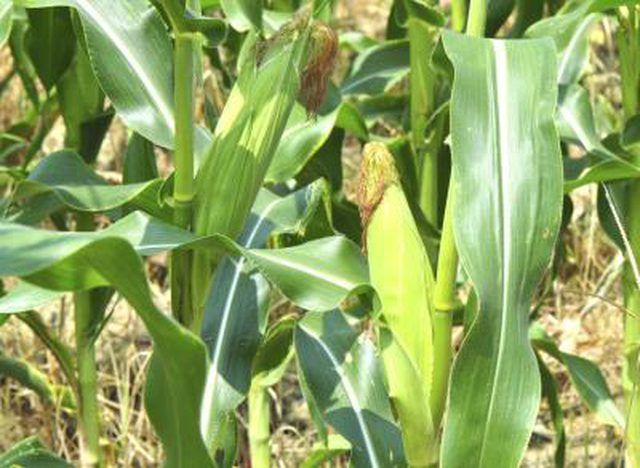Bulbs
Flower Basics
Flower Beds & Specialty Gardens
Flower Garden
Garden Furniture
Garden Gnomes
Garden Seeds
Garden Sheds
Garden Statues
Garden Tools & Supplies
Gardening Basics
Green & Organic
Groundcovers & Vines
Growing Annuals
Growing Basil
Growing Beans
Growing Berries
Growing Blueberries
Growing Cactus
Growing Corn
Growing Cotton
Growing Edibles
Growing Flowers
Growing Garlic
Growing Grapes
Growing Grass
Growing Herbs
Growing Jasmine
Growing Mint
Growing Mushrooms
Orchids
Growing Peanuts
Growing Perennials
Growing Plants
Growing Rosemary
Growing Roses
Growing Strawberries
Growing Sunflowers
Growing Thyme
Growing Tomatoes
Growing Tulips
Growing Vegetables
Herb Basics
Herb Garden
Indoor Growing
Landscaping Basics
Landscaping Patios
Landscaping Plants
Landscaping Shrubs
Landscaping Trees
Landscaping Walks & Pathways
Lawn Basics
Lawn Maintenance
Lawn Mowers
Lawn Ornaments
Lawn Planting
Lawn Tools
Outdoor Growing
Overall Landscape Planning
Pests, Weeds & Problems
Plant Basics
Rock Garden
Rose Garden
Shrubs
Soil
Specialty Gardens
Trees
Vegetable Garden
Yard Maintenance
How to Plant Corn, Pole Beans and Squash Together
How to Plant Corn, Pole Beans and Squash Together. Corn (Zea mays), pole beans (Phaseolus vulgaris) and summer squash (Cucurbita pepo) or pumpkins (Cucurbita maxima) are companion plants in a Native American growing method called the Three Sisters. Corn supports pole beans, and squash suppresses weeds around all three plants. Pole beans, like other...

Corn (Zea mays), pole beans (Phaseolus vulgaris) and summer squash (Cucurbita pepo) or pumpkins (Cucurbita maxima) are companion plants in a Native American growing method called the Three Sisters. Corn supports pole beans, and squash suppresses weeds around all three plants. Pole beans, like other legumes, help replenish nitrogen in the soil by absorbing it from the air and storing it in root nodules. Corn, pole beans, summer squash and pumpkins are frost-tender annuals.
Site Preparation
Corn, pole beans and squash are hungry feeders that require organically rich, fertile, well-drained soil. Prepare the Three Sisters growing site in late spring, after the final frost date for your area. Dig 3 inches of well-rotted manure or garden compost into planting areas 18 inches in diameter and spaced 4 to 5 feet apart in a full-sun site. Rake soil from the surrounding ground onto the planting areas to create mounds 9 inches high. Water the mounds thoroughly and let them drain for 24 hours.
Planting the Seeds
Plant pole bean and squash seeds later than corn seeds to prevent them from swamping young corn plants. Soak the corn seeds for four or five hours, and sow five to seven seeds evenly spaced in each mound, 1 to 1 1/2 inches deep. Water the mounds regularly so the soil remains constantly moist. Sow the pole bean seeds when the corn plants are about 6 inches tall. Push four or five bean seeds 1 inch deep, evenly spaced around the corn plants. At every seventh mound, sow two bean seeds only. Sow four or five squash seeds in these seventh mounds at the same time as the pole beans, evenly spaced around the corn plants and 1 inch deep. This seed distribution provides squash plants that ramble over all the mounds and suppress weeds.
Watering the Three Sisters
Corn, pole beans and squash require at least 1 inch of water a week. Water the plants during dry weather or whenever the soil is dry to a depth of 1 inch. To help avoid leaf diseases, water plants in the morning so they have time to dry off before the evening, and avoid wetting plant foliage. Remember that the corn, pole bean and squash roots are concentrated in or near the mound, so there's no need to water the entire area.
Weeding and Guiding
Corn, pole beans and squash plants need weekly care until they're growing strongly. Remove weeds that appear on and around the mounds from sowing time until the squash plants suppress weed growth naturally with their leaves. Pole beans may struggle to find the corn at first, so guide the vines to the nearest corn plant, winding the vines around the corn stems to secure them.
Fertilizing Corn, Beans and Squash
Nitrogen in pole bean root nodules becomes available to corn and squash only the second year after planting. Fertilize the Three Sisters in the first year with a high-nitrogen fertilizer, such as a 12-4-8 ready-to-use, slow-release, granular product. Spread the granules at a rate of 4 tablespoons per 4 square feet when the pole beans and squash plants are 4 inches tall or apply according to the manufacturer's instructions. Alternatively, use an organic fertilizer, such as a 3-inch layer of well-rotted manure. Spread the manure around the plants, avoiding their stems. This manure layer also will help suppress weeds until the squash plants are growing strongly.